How to winterise your bike
Top tips for getting your bike setup and protected in winter
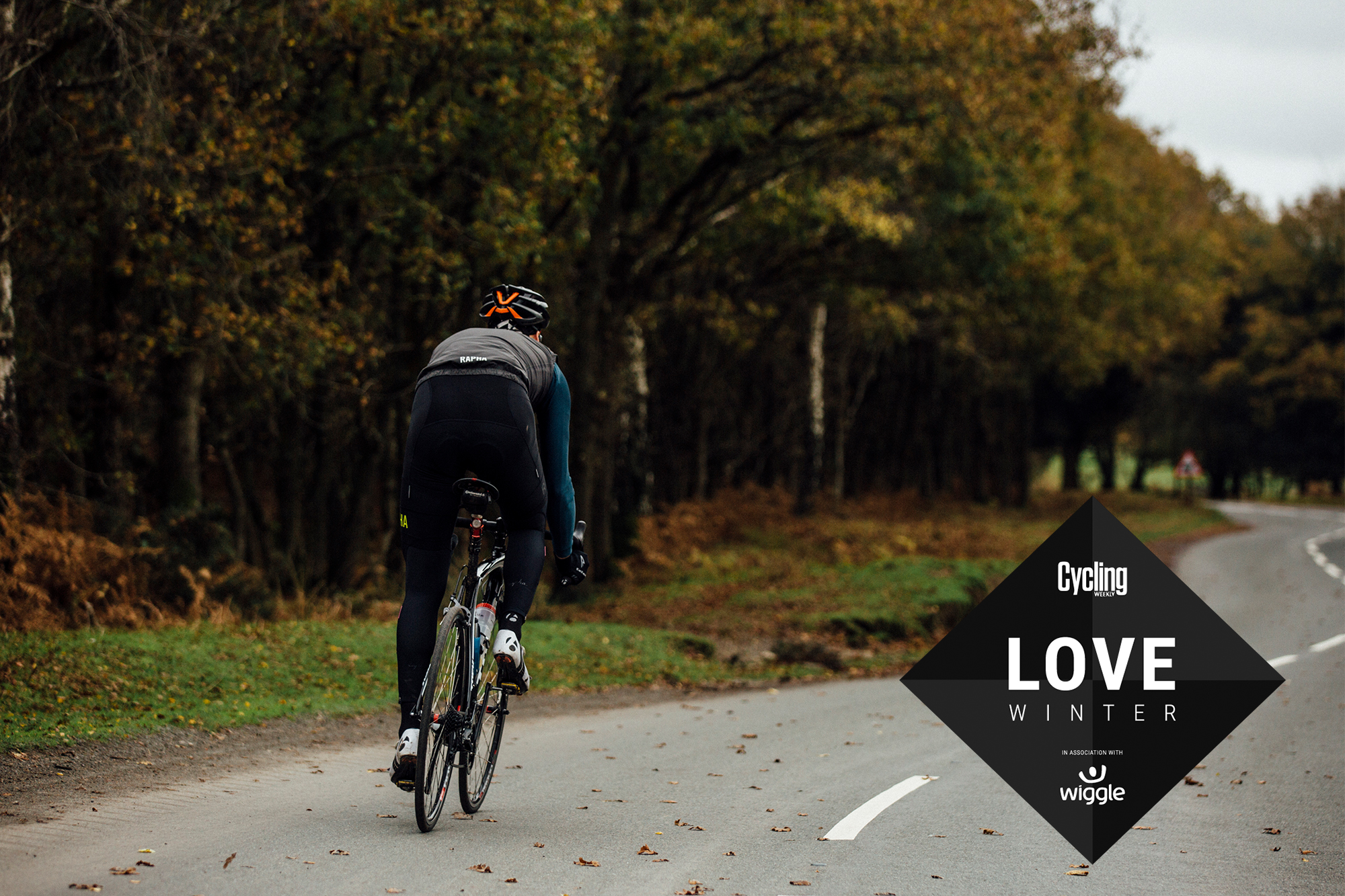

As Aristotle said, to appreciate the beauty of a snowflake it is necessary to cycle out in the cold.
OK, so he might have said “stand” instead of “cycle” but rather than getting bogged down in details, let’s get down to practicalities.
If you want to cycle through the winter you probably won’t manage it on same set-up you’ve been running through summer. So here are our top tips for winterising your bike.
1. Hang up your carbon wheels
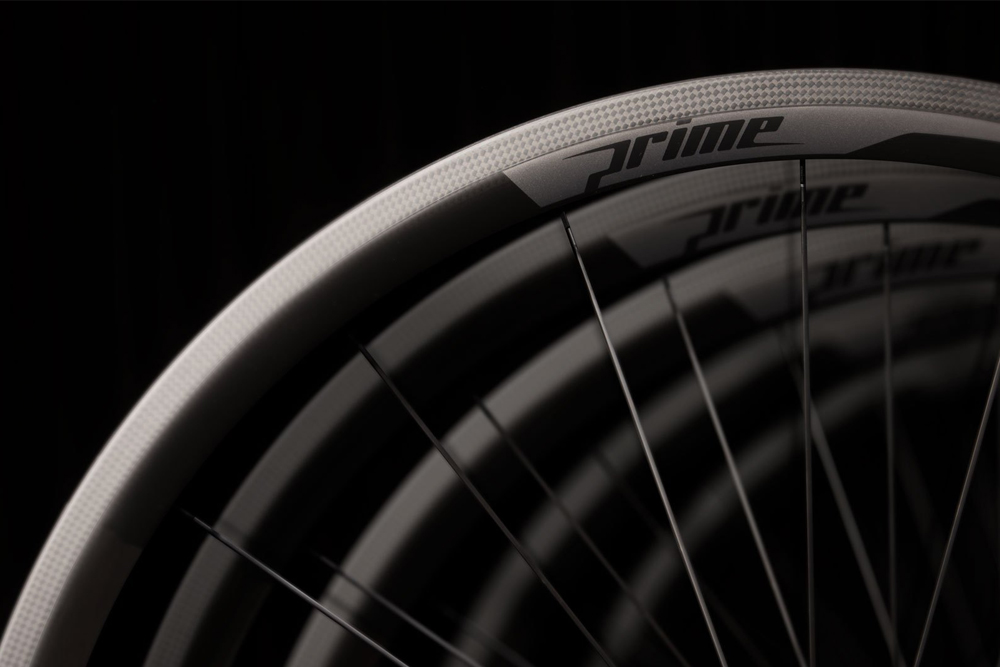
Winter is not the time to be showing off on your expensive, lightweight carbon hoops. Save them for best and let a cheaper but sturdy aluminium set with plenty of spokes do the donkeywork.
If you’re on rim brakes, the Shimano RS100 wheels are 10 and 11-speed compatible, have 20 front/24 rear stainless steel spokes, brass nipples, weigh a not-too-bad 1,897g, have cup-and-cone bearings that are easy to service, and have a list price of just £119.95.
If you’re on discs, the Prime Stagiare wheelset is even cheaper at £104.99, is equally bombproof and even has a tubeless-ready rim.
Get The Leadout Newsletter
The latest race content, interviews, features, reviews and expert buying guides, direct to your inbox!
2. Fit mudguards
Mudguards are essential for winter riding, protecting you, your bike and your ride mates from road spray.
A dedicated winter bike will have mudguard ‘eyes’ on the fork and dropouts or seatstays that allow you to attach fixed mudguards. These are the best type – in particular the classic SKS Bluemels Chromoplastic model, which is flexible yet held rigid via 3mm steel stays, easily adjustable so it will never rub, and virtually unbreakable.
If your bike doesn’t have mudguard eyes there are still plenty of options, including the SKS Raceblade and Crud Roadracer, which may not protect your frame quite as well, but are infinitely better than nothing.
If you’re doing a lot of group riding, think about fitting a mudflap. Even with a full-length mudguard, spray flicks up into the face of the rider behind. You can buy mud flaps cheaply or cut your own out of a plastic bottle. Drill a hole near the bottom of the mudguard and attach it with a small nut and bolt, or rivet it on. They’ll thank you for it.
3. Run all-season tyres
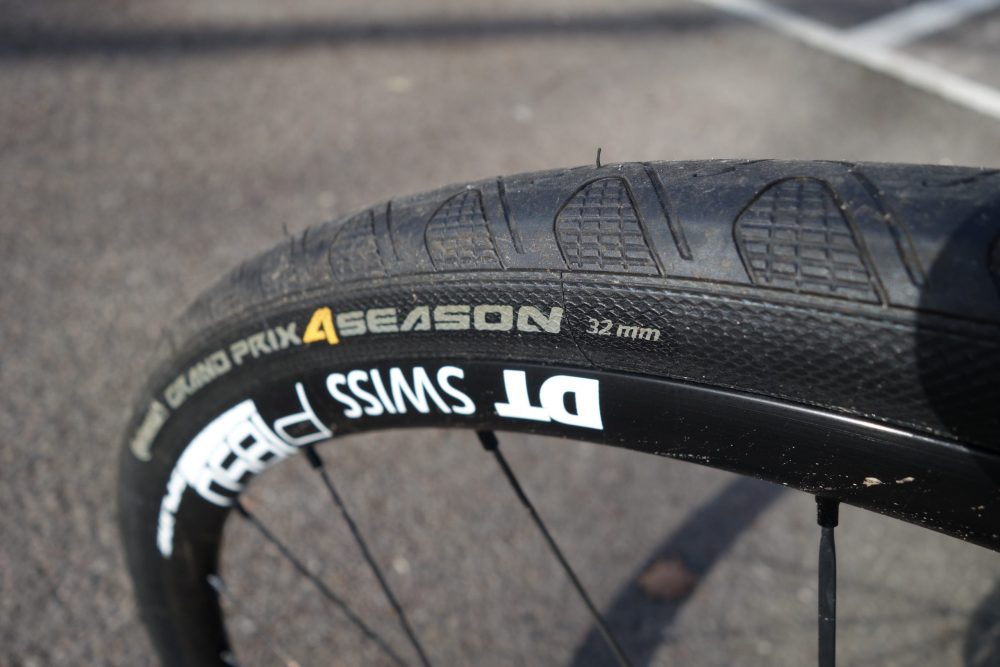
A popular all-season tyre is the Continental Grand Prix 4 Season, which uses the same casing as the brand’s flagship Grand Prix 5000, but under the tread has a breaker belt made from Vectran, a very strong, highly tear-resistant yet very light material. Other brands use Kevlar, polyamide and reinforced nylon for the same purpose.
A good-quality set of winter tyres is a good investment – the best ones are reliable yet still lightweight and fast-rolling. Get the biggest ones your frame will allow.
4. Go tubeless
Many rims are tubeless ready – if yours are, why not give tubeless a go? It has benefits for summer riding and racing – lower rolling resistance, self-sealing, less risk of pinch flats – and those benefits of course also apply for winter riding. Not having to stop for a puncture is particularly appealing, as is the ability to run them at a lower pressure for increased grip and comfort.
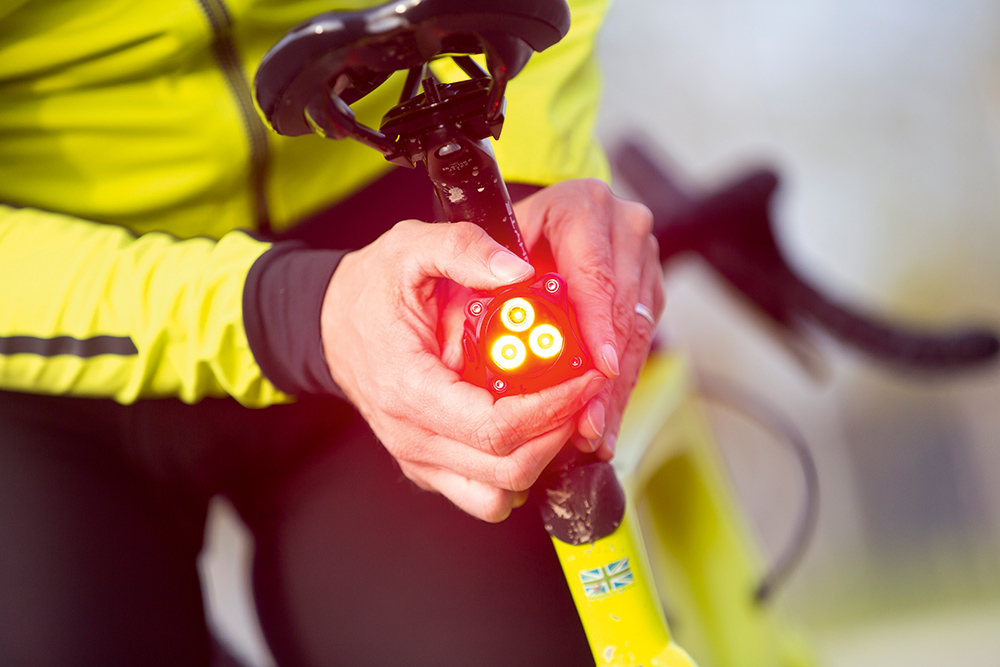
5. Use daytime running lights
Certainly the onus is on drivers to look properly, but there are now very bright lights that weigh next to nothing that will ensure you’re seen from a long way off. The latest Exposure TraceR lights have what the brand calls Daybright modes, specifically to be used as daytime running lights. Weighing just 35g each you won’t notice them, but other road users definitely will.
6. Clean your bike immediately
It’s the last thing you want to do when you come in from a long ride on filthy roads, but cleaning your bike ought to be the first thing you do once you’ve recovered. Rust can form on the chain the moment it starts to dry, so get a bucket of warm soapy water, sponge all the mud off, working from the top down, rinse and then re-lube the exposed moving parts. Instead of washing-up liquid you could use Muc-Off’s Bike Cleaner Concentrate, which contains a powerful degreaser.
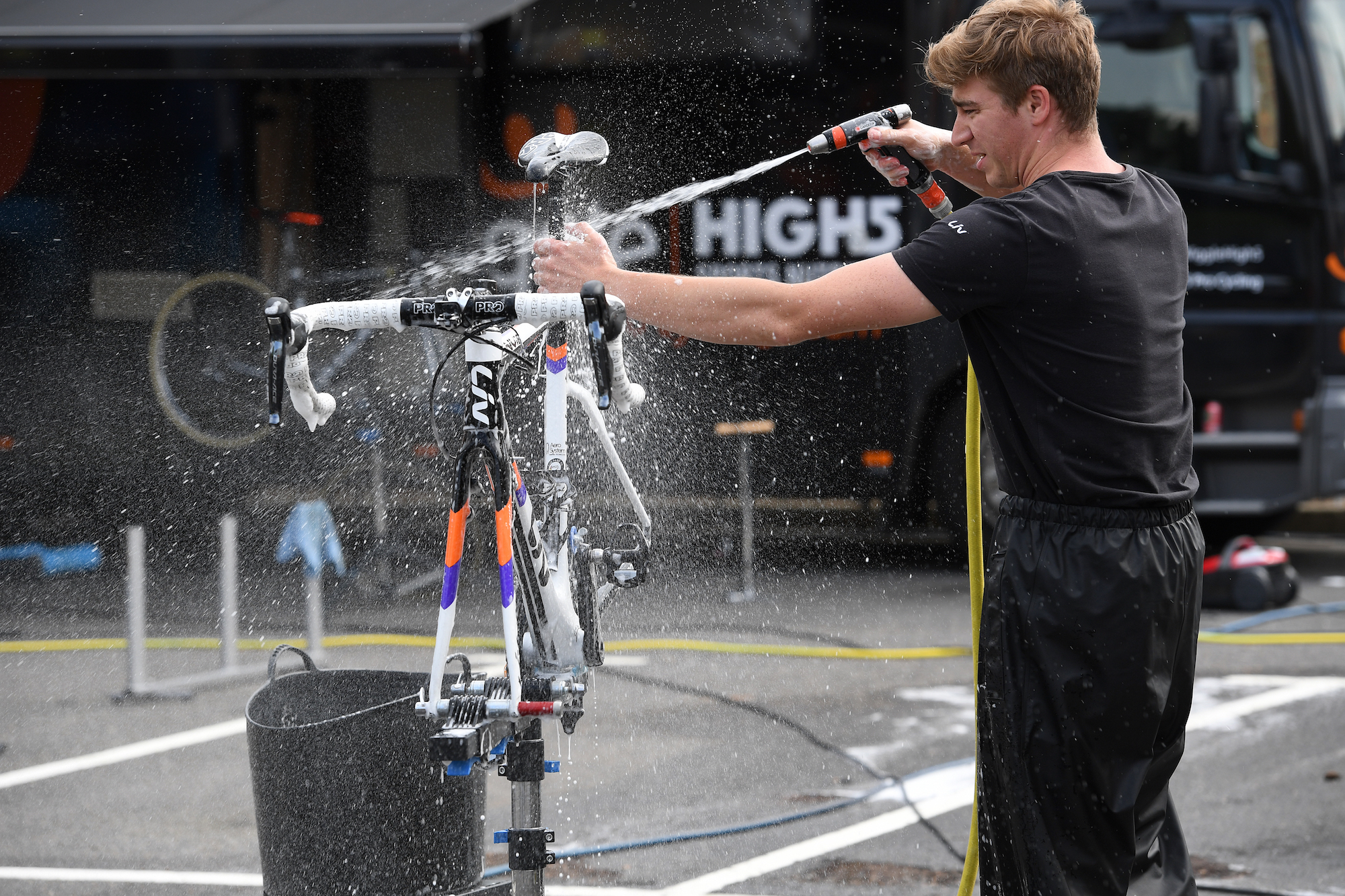
7. Use a wet lube
A heavier wet chain lube is a good idea for winter – the longer it takes to wear off, obviously the more life you’re going to get out of your chain, chainrings and cassette. Finish Line Cross Country Wet Lube is excellent and something of a classic, while Muc-Off’s Hydrodynamic Chain Lube is also a good bet.
And finally… wrap up warm. See our winter checklist for tips on what to wear. Happy winter riding!

Thank you for reading 20 articles this month* Join now for unlimited access
Enjoy your first month for just £1 / $1 / €1
*Read 5 free articles per month without a subscription

Join now for unlimited access
Try first month for just £1 / $1 / €1
Simon Smythe is a hugely experienced cycling tech writer, who has been writing for Cycling Weekly since 2003. Until recently he was our senior tech writer. In his cycling career Simon has mostly focused on time trialling with a national medal, a few open wins and his club's 30-mile record in his palmares. These days he spends most of his time testing road bikes, or on a tandem doing the school run with his younger son.
-
 UK government 'recognises concerns' but ignores calls for Tour de France to remain on free-to-air television
UK government 'recognises concerns' but ignores calls for Tour de France to remain on free-to-air televisionA petition which sought to change the way the Tour de France was categorised by the government in order to keep it free to watch from 2026 has been responded to
By Adam Becket
-
 Gear up for your best summer of riding – Balfe's Bikes has up to 54% off Bontrager shoes, helmets, lights and much more
Gear up for your best summer of riding – Balfe's Bikes has up to 54% off Bontrager shoes, helmets, lights and much moreSupported It's not just Bontrager, Balfe's has a huge selection of discounted kit from the best cycling brands including Trek, Specialized, Giant and Castelli all with big reductions
By Paul Brett
-
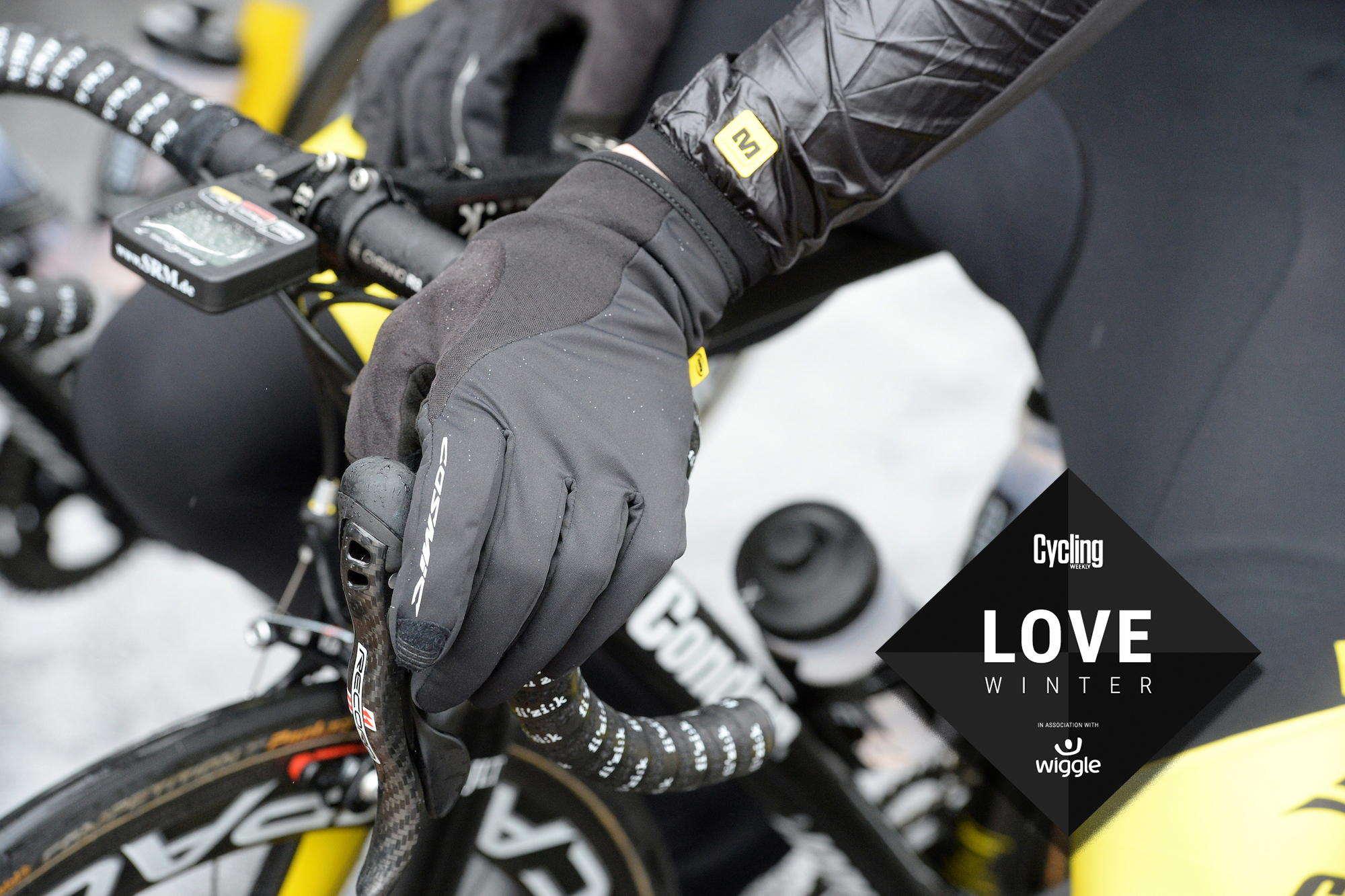 No more numbness: how to keep the sensation in your hands and feet in the cold
No more numbness: how to keep the sensation in your hands and feet in the coldRiding through the winter can be a chilly affair. Once the temperature drops below about 10C, you need to gear your kit choices to keeping you warmer
By Paul Norman
-
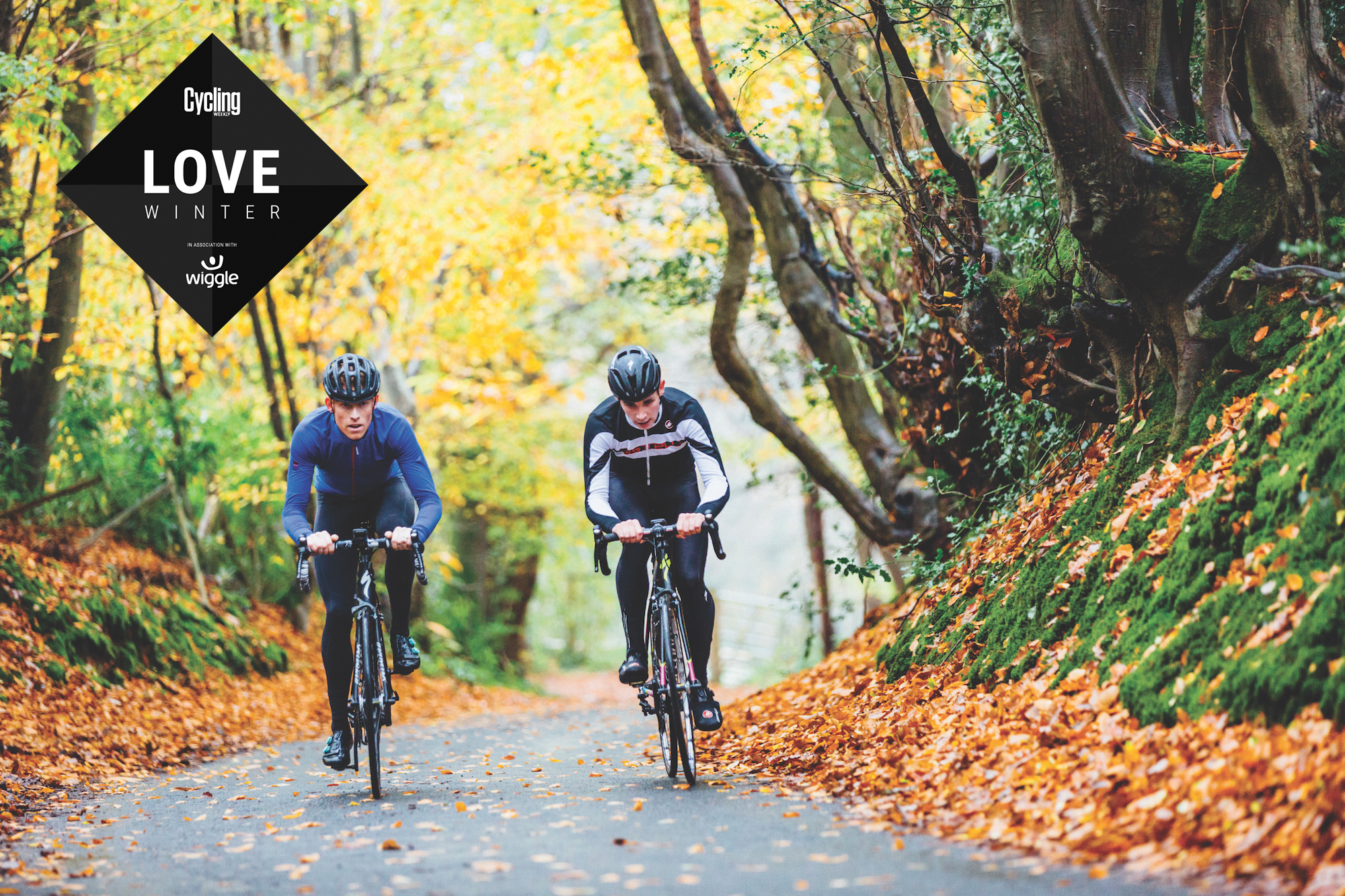 Winter kit checklist: what you need to keep riding
Winter kit checklist: what you need to keep ridingThe essentials you need to check off to get through your winter rides
By Simon Smythe
-
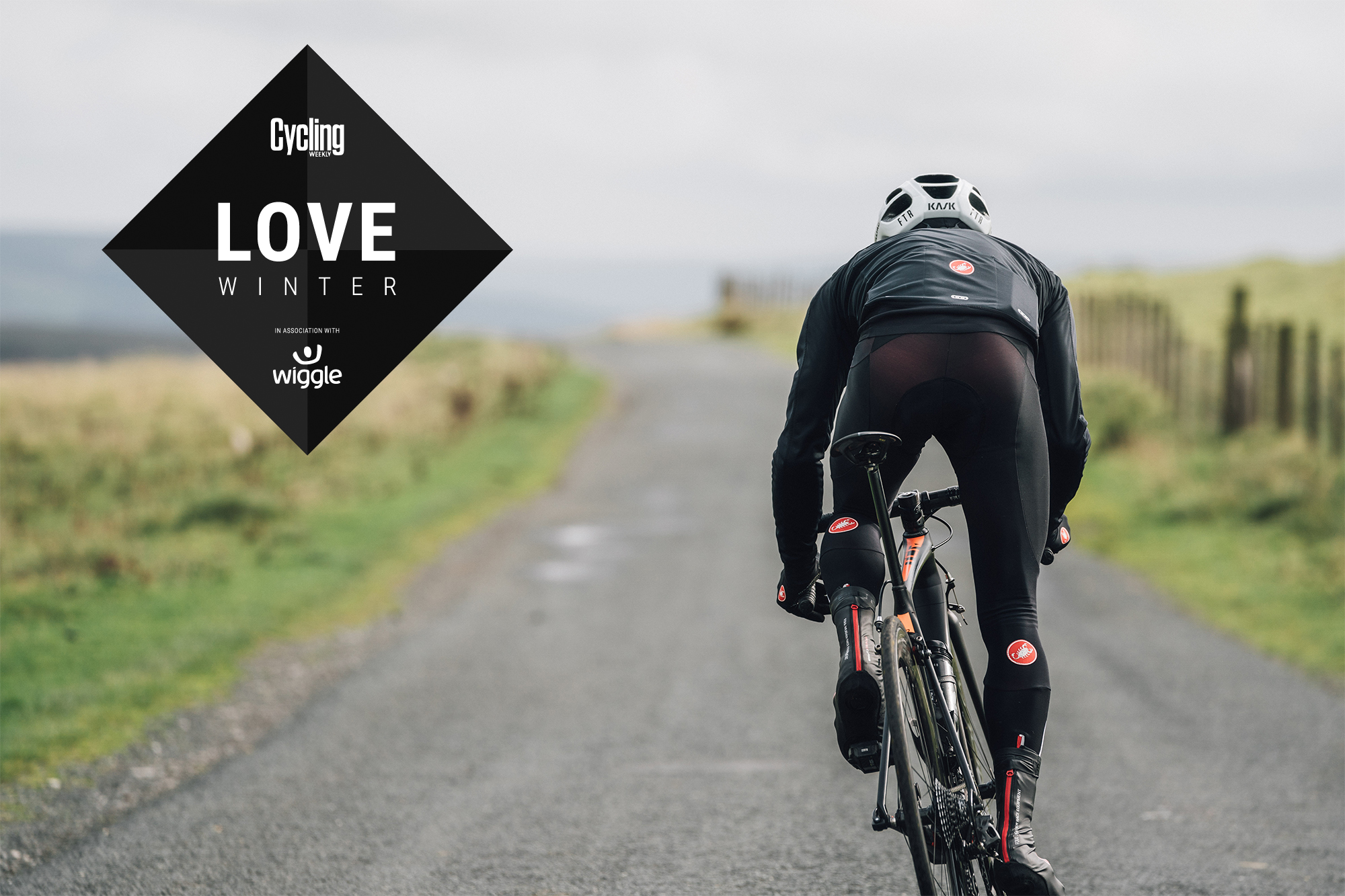 Love Winter week: Your guide to riding through the colder months
Love Winter week: Your guide to riding through the colder monthsOur week-long specials celebrate the joys of riding through the winter and what you need to be fully prepared
By Richard Windsor